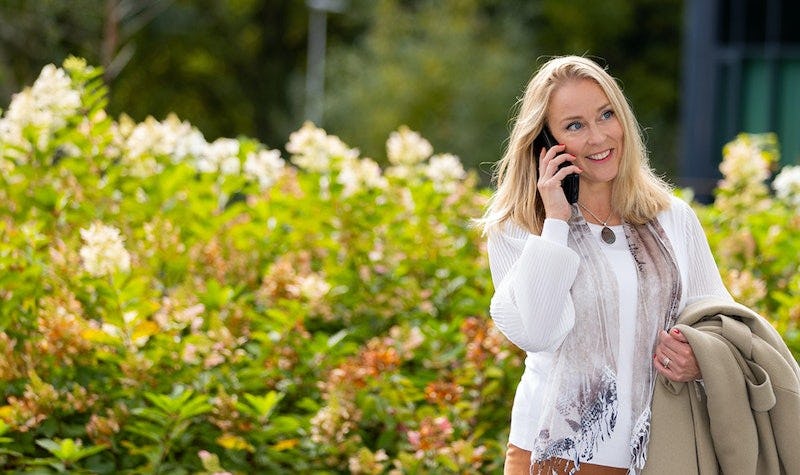Collaboration: the road to sustainable digitalization
The action plan emphasizes that 'digitalization and sustainability are two of the biggest social and economic changes in this era and offer opportunities for a prosperous, innovative and sustainable economy and society.' It further states that, although these 'twin transitions' can reinforce each other, they are still unable to find each other to a sufficient extent. This is also evident from the recent research conducted by Conclusion 'Sustainability and digitalization: hand in hand or at a distance?'.
Pioneering from a vision
"The fact that IT can contribute to sustainability, whilst in need to be more sustainable itself at the same, has been driving Conclusion's sustainability strategy for some time," Maaike Maranus – van de Vrande, Director of Sustainability and Support Services at Conclusion explains. "For that reason, Conclusion joined the National Coalition for Sustainable Digitalization last year. I think it's fantastic to share the vision regarding sustainable digitalization with like-minded people and to put it into practice. And above all: paying more attention to it, because sustainable digitalization is not yet on the agenda everywhere. There's still a lot to be discovered. It feels like pioneering. That's sometimes challenging, yet mostly very cool."
Widely supported
The fact that the Sustainable Digitalization Action Plan arose through collaboration and is supported by, among others, the Minister and State Secretary of Economic Affairs and Climate Policy and the Minister of Infrastructure and Water Management, is an important development that Conclusion is very pleased with. Maaike: "IT is a driving force in the sustainability transformation, but also has an impact on people and the environment. The action plan covers both sides. It strengthens our motivation to commit ourselves to this even more."
Transformation
According to Maaike, a company can already achieve a lot by approaching things slightly differently. "The Sustainable Digitalization Action Plan describes a number of important themes. For example, making the digital infrastructure and life cycle of IT hardware more sustainable. It also describes opportunities where digitalization can contribute to production efficiency and circular transition. The plan contains various examples of actions that will contribute to achieving the goals."
In addition to these steps that support and drive the transition to sustainable digitalization, more is possible from the perspective of companies, so Maaike believes: "There are many more opportunities to use digitalization specifically for achieving sustainability goals than are currently mentioned in the plan. In addition, there are more opportunities to make IT itself more sustainable. Sustainable digitalization affects all facets of the digital landscape. Technology is by no means the only factor in a transformation, many other issues are involved, such as behavioural change, adjustments to business strategies, business models, processes and so on."
Conclusion Sustainable TWO model
To simplify the discussion on this topic and shape the various facets of sustainable digitalization, Conclusion developed the Sustainable TWO model. "We did not develop this tool to keep it to ourselves," Maaike says, "as we hope that it will help companies integrate sustainable IT into their own business operations. And if we can help with specific solutions and technical expertise, we are of course happy to do so."
Consciously dealing with IT
Sustainability and digitalization must become an inseparable part of society. The Sustainable Digitalization Action Plan is a great step in the right direction. Maaike: "We hope that this will drive the discussion. And above all, that words turn into actions!"
Would you like to discuss the connection between IT and sustainability? We would love to get in touch with you!


